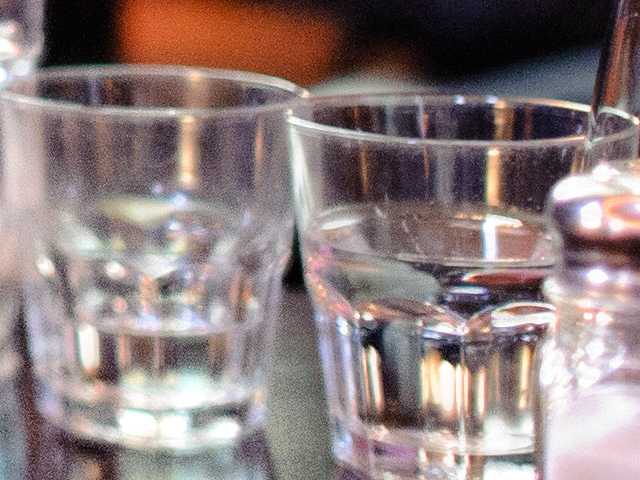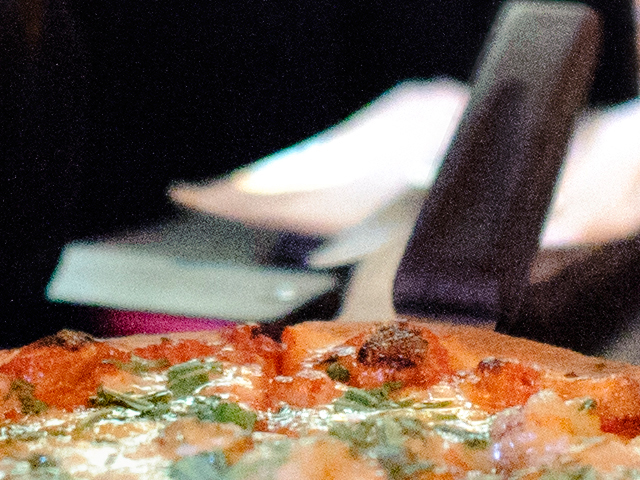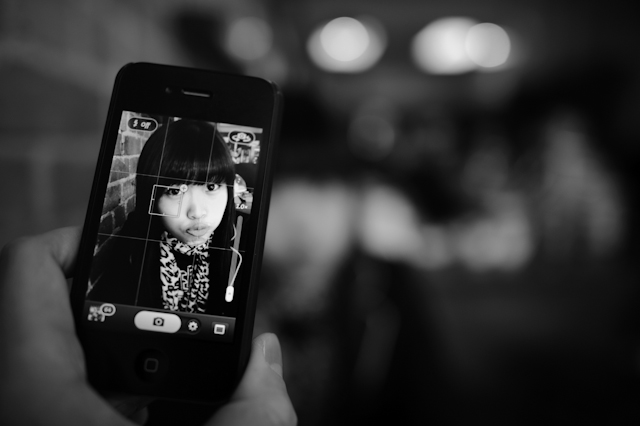If you like this post, help us share it
Despite the advancing technology in cameras one advantage that full frame cameras will always have over DX cameras is the superior ISO noise performance. FX camera sensor measures at 24 x 36 mm in comparison to DX sensor at 15.8 x 23.6 mm. The lower pixel count per square mm is one of the reasons that FX cameras are much more tolerant to ISO noise. Inherently, larger camera sensor also contributes to a brighter and better view finder. Nikon D3 was first introduced back in 2007 with a maximum ISO of 25,600, two years later, Nikon introduces the D3s which has a whooping maximum ISO of 102,400. You can check out the noise comparison between the Nikon D3 and D3s here. Whether ISO 102,400 produces useable photos is a different story, but given the D3 and D3s have the same MP count on the same size of camera sensor, the D3s supersedes the ISO performance of the already amazing D3 by about 1-2 stops. Personally, I would have no problem using up to ISO 1600 for quality work on the D3, however I would be cautious once I get up to ISO 3200 and above. With the D3s, I am happy to use up to ISO 3200 though.
Instead of bumping up the ISO. we could use a fast lens to compensate the need to use higher ISO. Fast prime lens that has a maximum aperture of f/1.4 will give you 2 more stops of light than the typical f/2.8 fast zoom lenses. Shooting at f/1.4 gives you a greater flexibility in that you can either drop your ISO or increase your shutter speed, but your images will have a shallower DoF.
With the use of fast lenses and high ISO, we could open up all possibility to shoot in the dark.
In the below sample, I had to shoot in pitch black. I shot this image at f/1.4 using the Nikon 24mm f/1.4 and had to bump the ISO to 8000 (Hi +0.3) in order to get a reasonable shutter speed suitable for hand held . This is where fast prime lenses shine, giving us the ability to shoot at wide open at f1/.4 (instead of f/2.8), otherwise I would need to shoot at ISO 32,000 or hand held at 1/3s.
What is the noise like shooting at such a high ISO?
I would say the image is very acceptable at ISO 8000, but of cause I wouldn’t want to shoot at this extreme too often,only if I have no other option.
When using such high ISO, it is essential to exposure your image correctly, because any “push” in post process will amplify the noise greatly.
Nikon D700 and Nikon 24mm f/1.4 @ f/1.4, 1/15s, ISO 8000 (No noise reduction applied)

Here are the 100% crops of the above image. They are converted to JPG from NEF without any noise reduction.




The Nikon 24mm f/1.4 is also known for its delicious wide angle bokeh. Here are some more samples from this lens.




Where can I find the equipment seen on this site?
If you find this site useful and planning to purchase any of the equipment seen on this site, please show your support by purchasing your photo equipment at B&H Photo Video, or through any of the affiliate links seen on this site.


